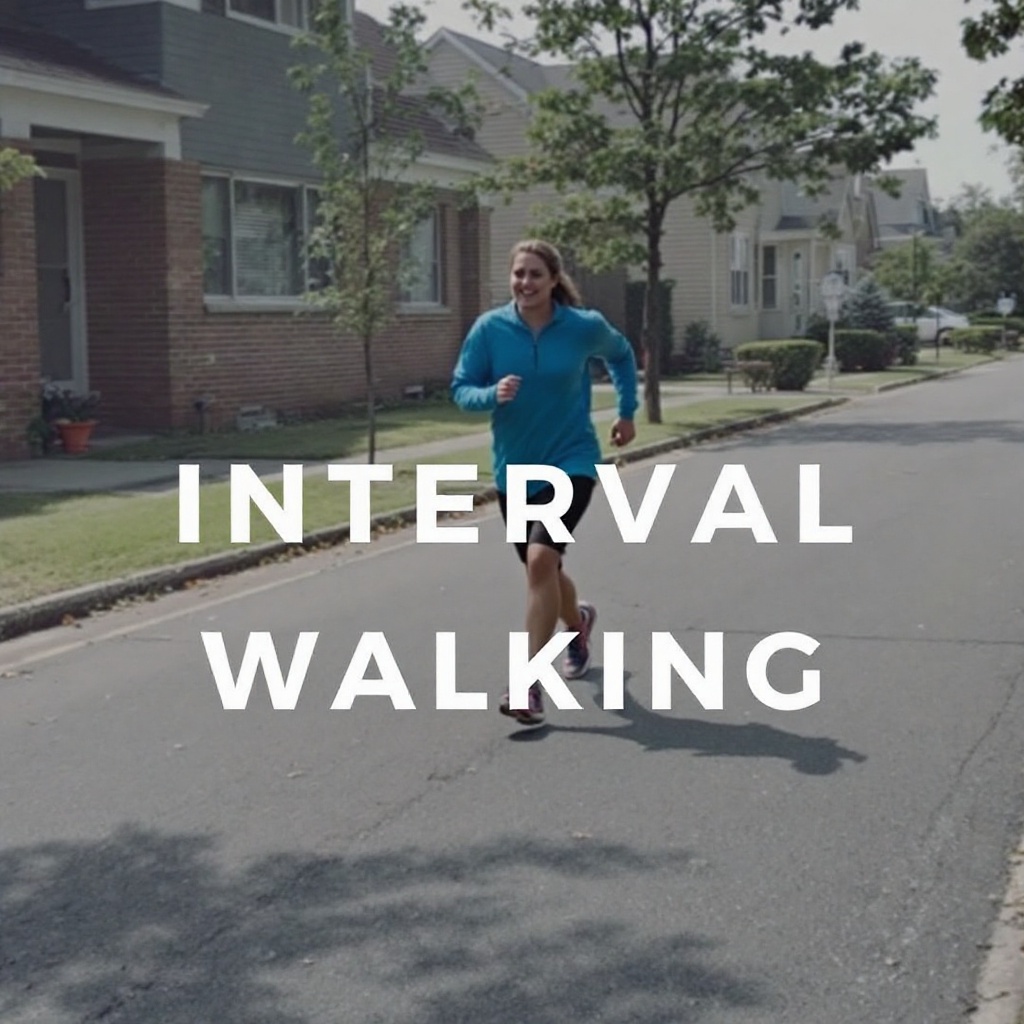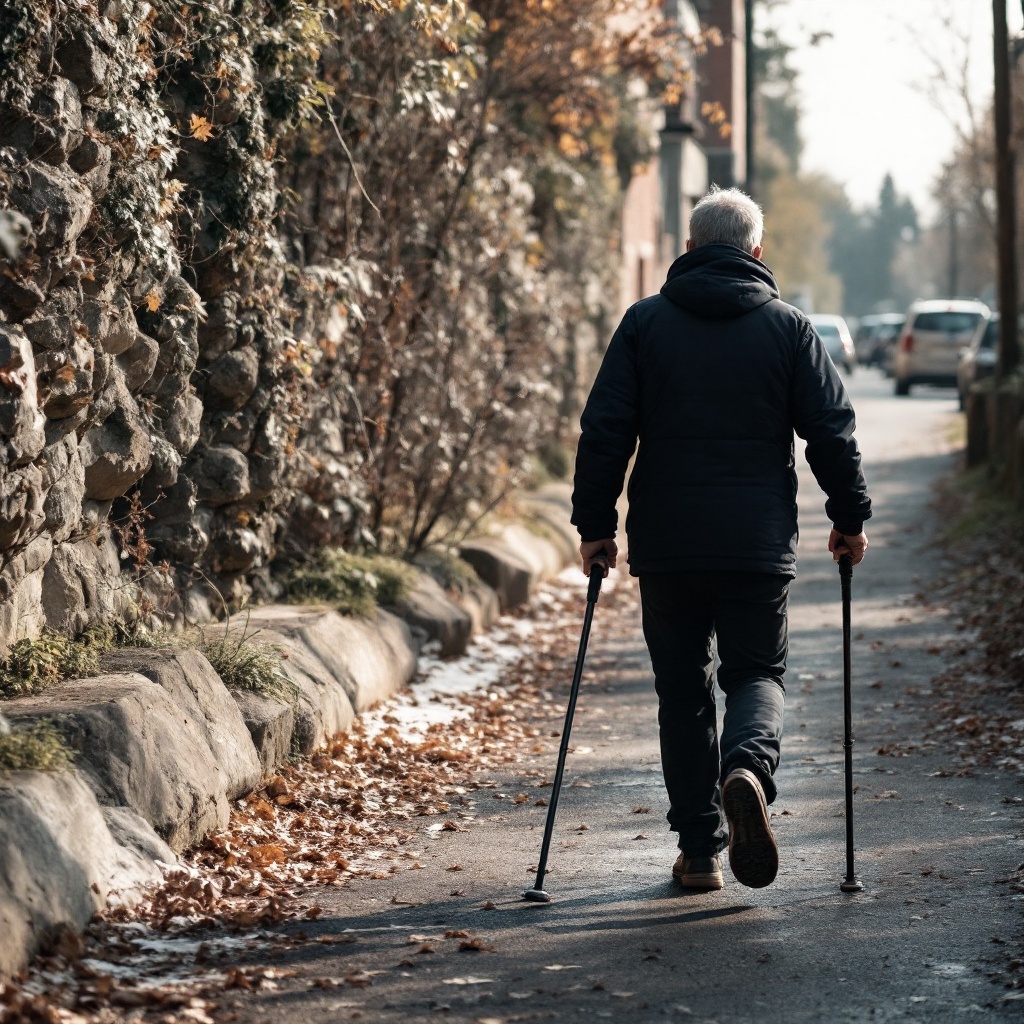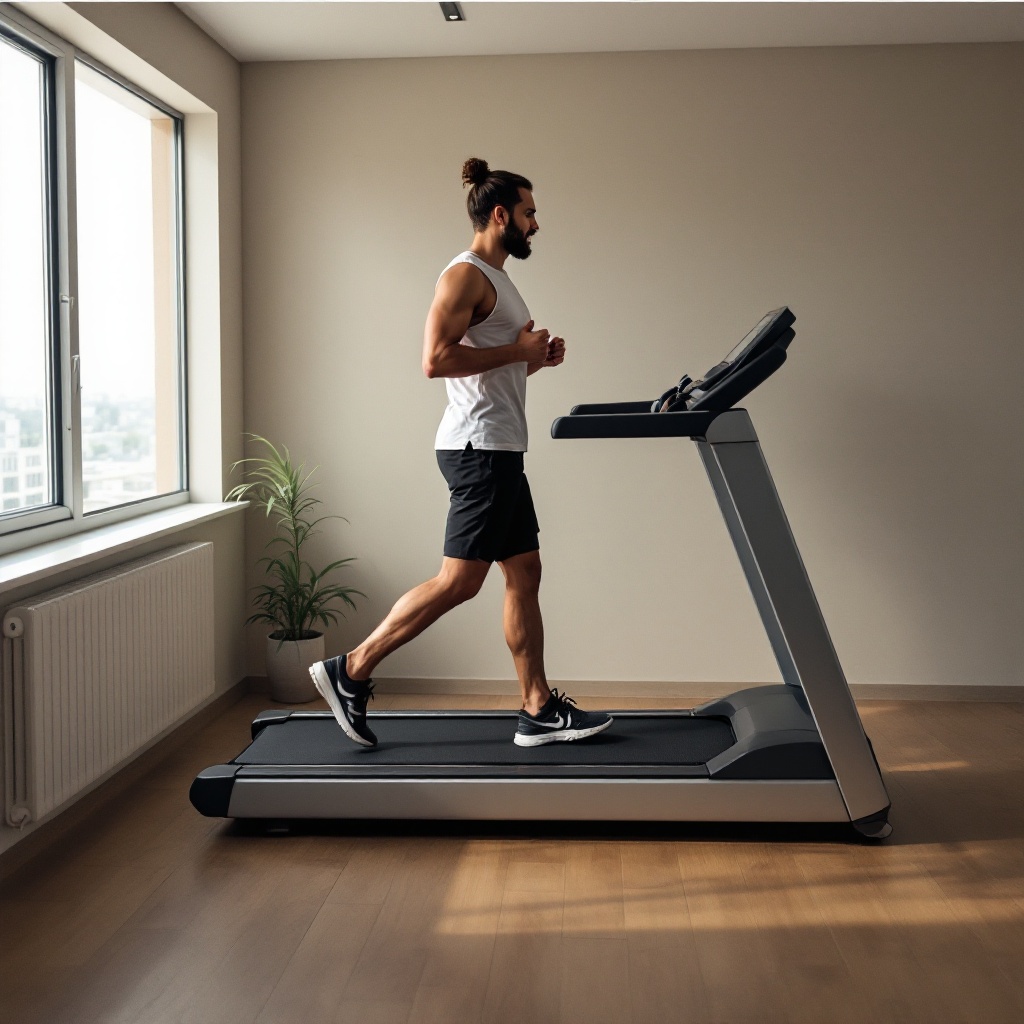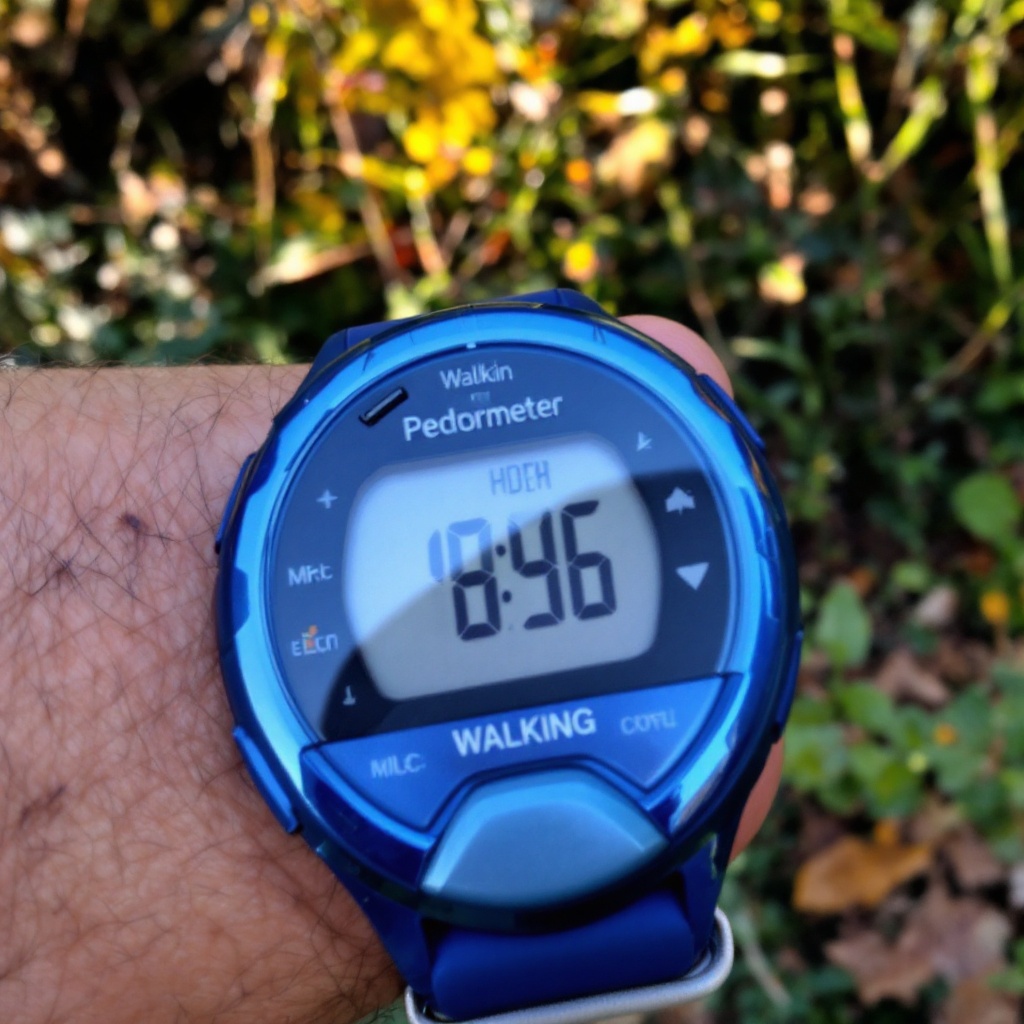Walking is one of the most effective and accessible forms of exercise for weight loss. It requires no special equipment, is easy on the joints, and can be done virtually anywhere.
However, not all walking is the same when it comes to shedding pounds. By varying your walking routine, you can maximize its calorie-burning potential while also making it enjoyable and sustainable.

Walking For Weight Loss
Here are the most effective types of walking for weight loss.
- Brisk Walking
What is Brisk Walking?
Brisk walking involves walking at a faster pace than usual, typically around 3-4 miles per hour. This pace elevates your heart rate and burns more calories compared to a leisurely stroll.
Why It Works for Weight Loss
Brisk walking engages more muscles and boosts cardiovascular activity, which enhances calorie expenditure. A 150-pound person can burn approximately 300 calories per hour with brisk walking.

Tips for Brisk Walking:
- Keep your posture upright, with your shoulders relaxed.
- Swing your arms naturally to increase intensity.
- Use a fitness tracker to monitor your pace and aim for a speed that makes it slightly difficult to talk.
Walking Techniques For Weight Loss
2. Power Walking
What is Power Walking?
Power walking takes brisk walking up a notch. It involves walking at a speed of 4-5 miles per hour with exaggerated arm movements to add intensity.
Why It Works for Weight Loss
Power walking can burn as many calories as jogging, making it a great option for those who prefer low-impact exercises. It also strengthens your core, legs, and glutes.

How to Incorporate Power Walking
- Pump your arms while maintaining a quick pace.
- Incorporate hills or inclines to further boost calorie burn.
- Wear comfortable shoes with good arch support to avoid injuries.
Walking Routines For Weight Loss
3. Interval Walking
What is Interval Walking?
Interval walking alternates between periods of fast-paced walking and slower recovery walking. This method mimics high-intensity interval training (HIIT) and is excellent for burning fat.
Why It Works for Weight Loss
The varying intensity keeps your heart rate elevated, resulting in higher calorie burn even after you finish walking. Interval walking also prevents your body from adapting to a single pace, keeping your metabolism active.

Sample Interval Walking Routine:
- Walk briskly for 2 minutes.
- Power walk or jog for 1 minute.
- Repeat the cycle for 20-30 minutes.
Weight Loss Walking Tips
4. Walking Uphill
What is Walking Uphill?
Walking uphill involves walking on inclines, such as hills, staircases, or a treadmill set at an incline.
Why It Works for Weight Loss
Incline walking increases resistance, which activates more muscle groups and burns additional calories. It also tones your calves, thighs, and glutes.

Tips for Incline Walking:
- Start with a moderate incline and gradually increase it as your endurance improves.
- Lean slightly forward and use your arms for balance.
- Avoid holding onto the treadmill rails to maximize your effort.
Slow-paced Walking Benefits
5. Weighted Walking
What is Weighted Walking?
Weighted walking involves adding extra resistance, such as carrying hand weights or wearing a weighted vest.
Why It Works for Weight Loss
Adding weight increases the intensity of your workout, helping you burn more calories in less time. It also builds strength in your upper body and core.

Safety Tips for Weighted Walking:
- Use light weights (1-5 pounds) to avoid straining your joints.
- Keep your movements controlled and avoid swinging the weights excessively.
- Gradually increase the weight as your strength improves.
Top 10 Best Home Remedies For Body Pain In The World
6. Nordic Walking
What is Nordic Walking?
Nordic walking involves walking with specially designed poles that engage your upper body muscles.
Why It Works for Weight Loss
The use of poles activates the arms, shoulders, and back, making it a full-body workout. Nordic walking can burn up to 20% more calories than regular walking.

How to Get Started:
- Invest in a good pair of Nordic walking poles.
- Maintain a natural stride and synchronize your pole movements with your steps.
- Take a class or watch tutorials to learn proper techniques.
Walking For Calorie Burn
7. Long-Distance Walking
What is Long-Distance Walking?
Long-distance walking involves covering extended distances, typically over 5 miles per session.
Why It Works for Weight Loss
Walking for longer durations increases calorie burn and helps improve stamina. It’s also a great way to clear your mind and reduce stress, which can aid in weight management.

How to Make It Effective:
- Wear comfortable shoes and bring water to stay hydrated.
- Choose scenic routes to make the experience enjoyable.
- Gradually increase your distance to avoid overexertion.
Outdoor Walking For Fitness
8. Walking in Nature (Hiking)
What is Hiking?
Hiking involves walking on natural trails, often with varying terrains and elevations.
Why It Works for Weight Loss
The uneven terrain and inclines make hiking a more challenging workout compared to flat-surface walking. It also engages different muscle groups and keeps your mind engaged.

Tips for Hiking:
- Start with beginner-friendly trails and progress to more challenging ones.
- Wear proper hiking boots and carry essentials like water and snacks.
- Go with a group or inform someone about your route for safety.
9. Walking with a Friend or Group
What is Group Walking?
Group walking involves walking with a partner or joining a walking group.
Why It Works for Weight Loss
Walking with others keeps you motivated and accountable. It also makes the activity more enjoyable, increasing the likelihood of consistency.

How to Find Walking Partners:
- Join local walking groups or clubs.
- Invite friends or family members to walk with you.
- Use apps or online platforms to connect with fellow walkers.
10. Treadmill Walking
What is Treadmill Walking?
Treadmill walking is simply walking indoors on a treadmill. It allows you to control speed, incline, and duration for a customized workout.
Why It Works for Weight Loss
Treadmill walking is convenient and can be done regardless of weather conditions. The ability to adjust incline and speed makes it easy to vary intensity.

Effective Treadmill Walking Tips:
- Use interval settings to alternate between flat and incline walking.
- Avoid holding onto the rails for better calorie burn.
- Track your progress to stay motivated.
Fat-burning Walking Exercises
11. Walking with a Pedometer
What is Pedometer Walking?
Pedometer walking focuses on tracking the number of steps you take daily using a pedometer or fitness tracker.
Why It Works for Weight Loss
Setting step goals encourages you to stay active throughout the day, contributing to a higher calorie burn. Aiming for 10,000 steps a day is a popular target for weight management.

How to Use a Pedometer Effectively:
- Set realistic step goals and gradually increase them.
- Take short walking breaks during work hours.
- Use the tracker’s data to find opportunities for improvement.
Conclusion
Walking for weight loss is versatile and can be tailored to suit your preferences and fitness level. Whether you prefer brisk walking, hiking, or interval training, the key is consistency.
Combine different types of walking to keep your routine interesting and effective. Remember to pair your walking regimen with a balanced diet and adequate hydration to achieve your weight loss goals faster.
Walking isn’t just an exercise; it’s a lifestyle choice that offers long-term health benefits. So, lace up your sneakers, step outside, and embark on a journey to a healthier, slimmer you.





